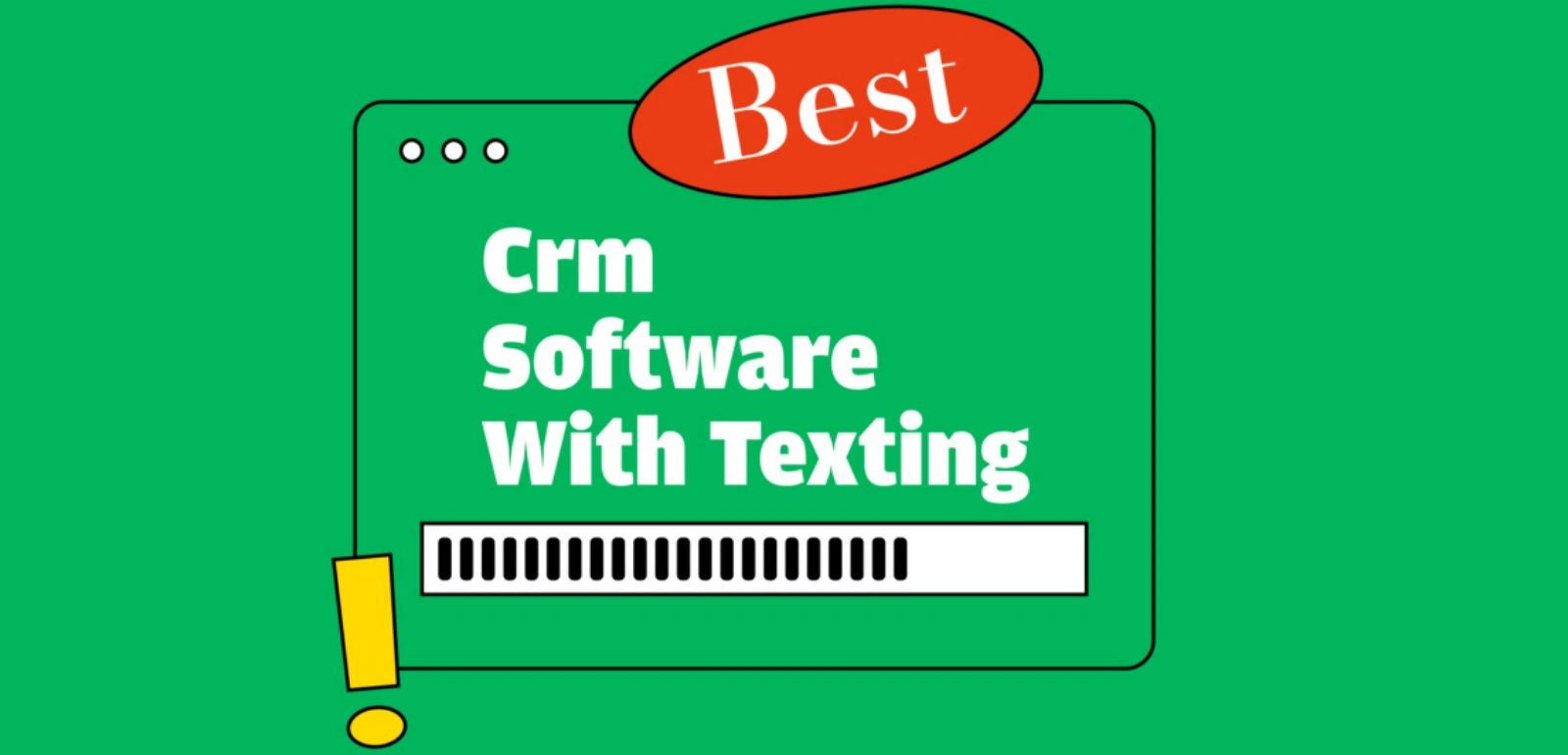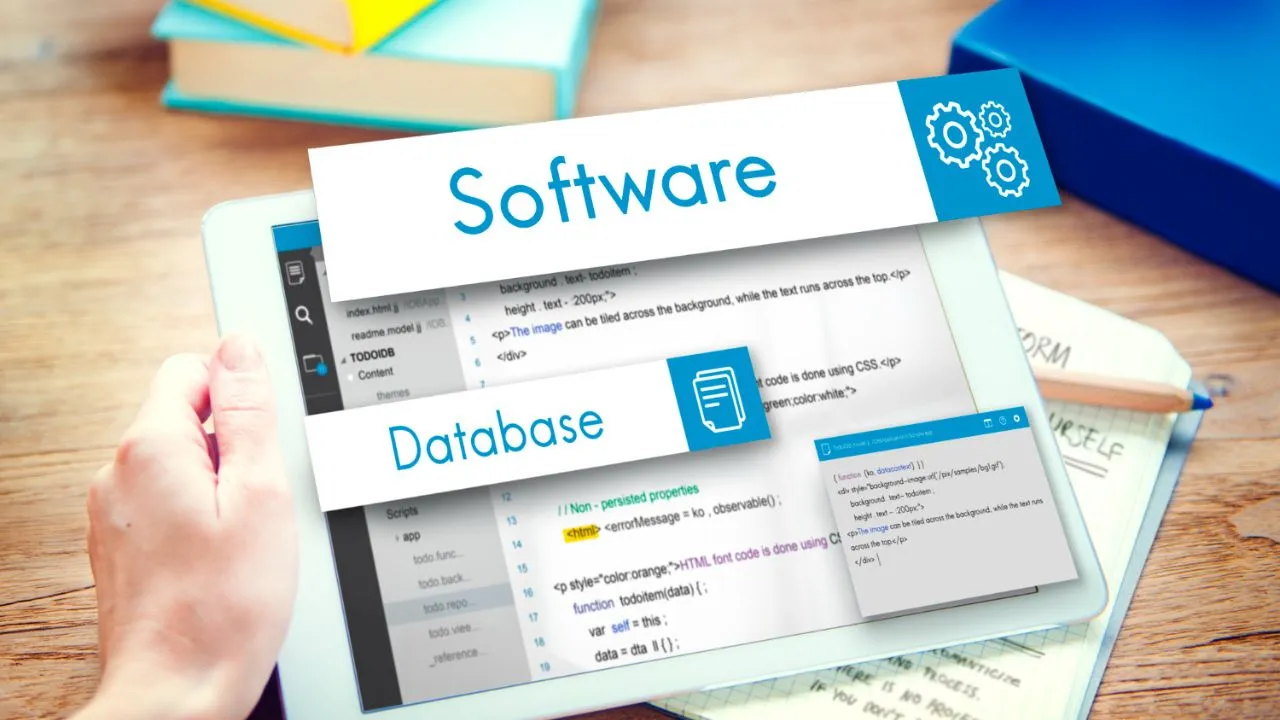In today’s competitive online world, producing good content is half the battle, getting it into the right eyeballs is the real challenge. Content distribution platforms close that gap. These applications enable creators and businesses to place their content in front of more engaged people on social networks, native ad systems, search engines, email, and so forth. Whether you are a marketer trying to push brand awareness, a developer launching a new product, a designer selling your portfolio, or a content creator trying to get more eyeballs, content distribution platforms are the key to scaling reach and engagement.
The platforms employed in this option were chosen based on some particular criteria: usability, distribution feature attributes, targeting of audiences, reporting and analysis capabilities, integration attributes with other marketing tools, and price flexibility to accommodate different budgets. These tools not only make the distribution process easier but also allow performance metrics to be derived for content levels so that tactical optimizations can be carried out. With the appropriate distribution channels, business leaders and entrepreneurs can make sure their content doesn’t collect dust—it gets read, shared, and implemented. Below are the top 10 content distribution platforms to help you maximize the impact of your content efforts.
Criteria for Selecting the Best Content Distribution Platforms
Top 10 content distribution platforms are chosen to provide maximum value to the user. One top requirement is simplicity, as the platforms should provide clean and simple interfaces to be suitable for both new entrants as well as experts. The reach of distribution is also another factor, applications must have the ability to distribute to multiple channels like social media, email, and native advertising so that they can offer maximum visibility.
Good audience targeting capabilities, such as demographic filtering as well as interest-based segmentation, are considered to be a must in giving content to the appropriate users. The integration capabilities with popular software such as CRMs, CMS platforms, and analytics packages are also necessary for workflow optimization.
Finally, every platform must be equipped with solid analytics and reporting features to assist in measuring content performance and optimizing strategy. Scalability is considered so that the tools could grow with users’ requirements, whether for freelancers or enterprise teams.
Also, price flexibility is needed, in the form of free and paid-for plans, to suit different budgets. All of these are required for shortlisting tools that provide an informed combination of usability, outreach, performance metrics, and price, and thus are best for marketers, creators, as well as companies interested in extending the reach of their content activities.
List of 10 Top Content Distribution Platforms
1. Buffer
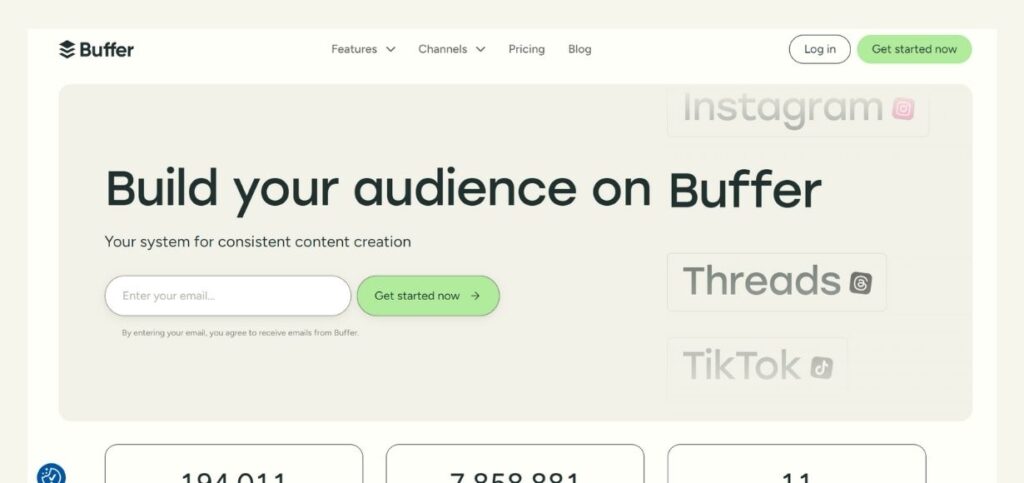
Website: www.buffer.com
Buffer is a new application created for scheduling, publishing, and monitoring posts on social websites. Buffer is appropriate for small businesses or individual use when customers need to have a presence across social websites like Facebook, Twitter, Instagram, and LinkedIn. Buffer has a simplified interface that allows for posting in advance, performance tracking, and integration with team members. Its web browser extension and mobile apps allow users to publish articles in the field. While less-plan users get vanilla-inside analytics, Buffer’s simplicity and low price also make it an excellent choice for solo freelancers and start-ups growing their delivery pipelines.
Key Features:
- Post scheduling for multiple platforms
- Analytics and engagement tracking
- Team collaboration
- Custom posting times
- Browser extension
Pros:
- Clean, user-friendly interface
- Affordable for small teams
Cons:
- Limited analytics on lower plans
- No native ad management
Ideal For:
Small businesses, bloggers, and marketers
Pricing:
Free plan; Paid from $5/month per social channel
2. Hootsuite
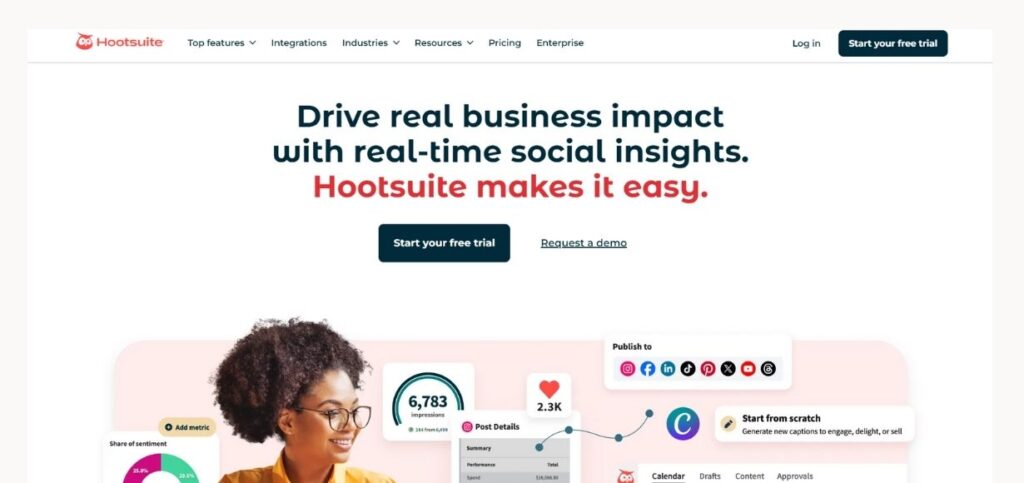
Website: www.hootsuite.com
Hootsuite is a social network management agency-level platform advertisers use to organize posts, follow conversations, and measure social network performance. Hootsuite handles Facebook, Twitter, Instagram, LinkedIn, Pinterest, and YouTube. Easy to interact with on the Hootsuite dashboard to make it possible for teams to converse and respond easily with other teams and consumers. Highly featured functionality with social listening and branded analytics makes Hootsuite a large team and agency favorite. Though pricier than lower-end tools, flexibility and scalability are more than worth it for companies with end-to-end control over social interaction and content deployment plans.
Key Features:
- Unified social inbox
- Content calendar
- Team collaboration
- Social listening
- Custom reports
Pros:
- Supports many social platforms
- Powerful analytics
Cons:
- High pricing for small businesses
- Interface can be overwhelming
Ideal For:
Agencies and mid-to-large marketing teams
Pricing:
Starts at ₹1915/month
3. Outbrain
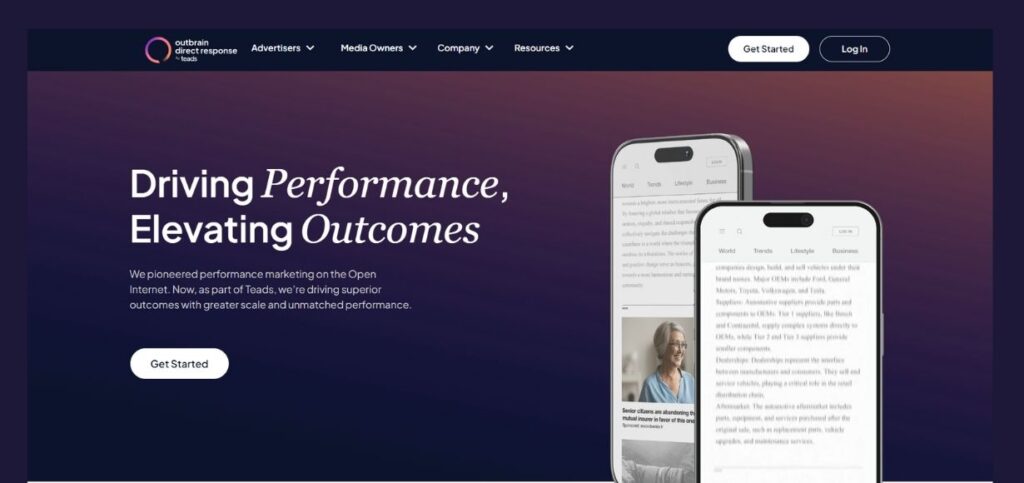
Website: www.outbrain.com
Outbrain is an advertising platform of native branded content that feeds branded content to premium publishers like The Guardian and CNN. It’s native ad placement, the shape and form of which are identical to that of editorial content, driving high-quality traffic and engagement. Interest targeting, location, and device can be accomplished. Campaign optimization is possible for advertisers through A/B testing and reporting of performance. Though the cheapest among all the five, Outbrain would be ideal for marketers requiring wider reach, credibility of brand or even conversion. It would be ideal for firms with high-quality blog posts, articles, or videos that are capable of sharing informative content with the audience.
Key Features:
- Access to top media publishers
- Native ad placement
- Audience targeting
- A/B testing
- Conversion tracking
Pros:
- High-quality traffic
- Detailed targeting options
Cons:
- Requires budget to test
- Manual content approval
Ideal For:
Publishers and content marketers
Pricing:
CPC model
4. Taboola
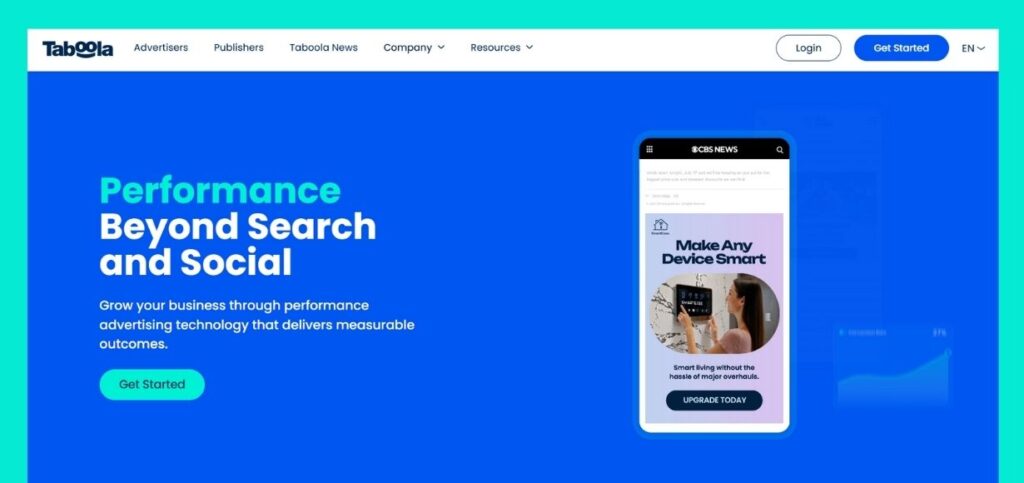
Website: www.taboola.com
Taboola is a heavily used content discovery and native ad platform that turns your blog posts, videos, or content into “recommended content” on top news websites. Due to its targeting features and large publisher inventory, businesses can reach consumers engaging with similar content. Similar to Outbrain, Taboola is a cost-per-click model platform, and thus experimentation and campaign optimization are paramount. It is especially well designed for mid to high-budget brands that need traffic drive, brand building, and behaviorally targeted users from native ad placement on high-volume media sites.
Key Features:
- Sponsored content on top websites
- Custom audience targeting
- Campaign analytics
- Retargeting
- Content recommendations
Pros:
- Expansive distribution network
- Scalable results
Cons:
- Not ideal for small budgets
- Requires optimization to succeed
Ideal For:
Brands with advertising budget and long-form content
Pricing:
CPC model
5. Medium
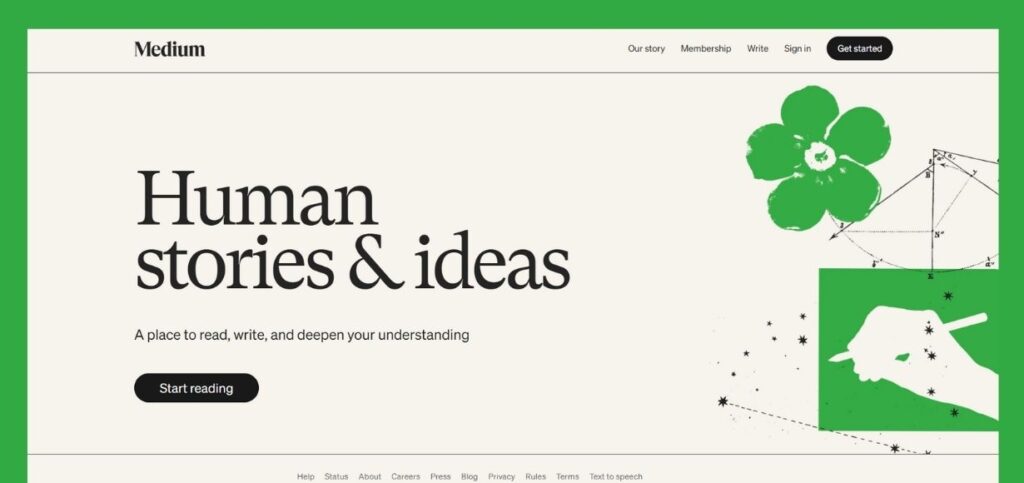
Website: www.medium.com
Medium is a much-acclaimed publishing platform that combines blogging with an in-built audience. It suits thought leaders, startups, and bloggers who need to publish important content without maintaining their sites. Blogs can be tagged, and tags form part of discoverability. It encourages good writing and storytelling that can attract readers and followers organically. While customization is restricted, the user-friendliness and community aspects of Medium are well-suited to building a personal brand or thought leadership presence. Its Partner Program also enables writers to earn money based on engagement, making it the leader in content monetization.
Key Features:
- Clean publishing experience
- Built-in reader base
- Tagging system
- Engagement metrics
- Partner program
Pros:
- Free and easy to use
- Great organic exposure
Cons:
- Limited customization
- Not ideal for SEO backlinking
Ideal For:
Writers, bloggers, and thought leaders
Pricing:
Free to publish
6. LinkedIn
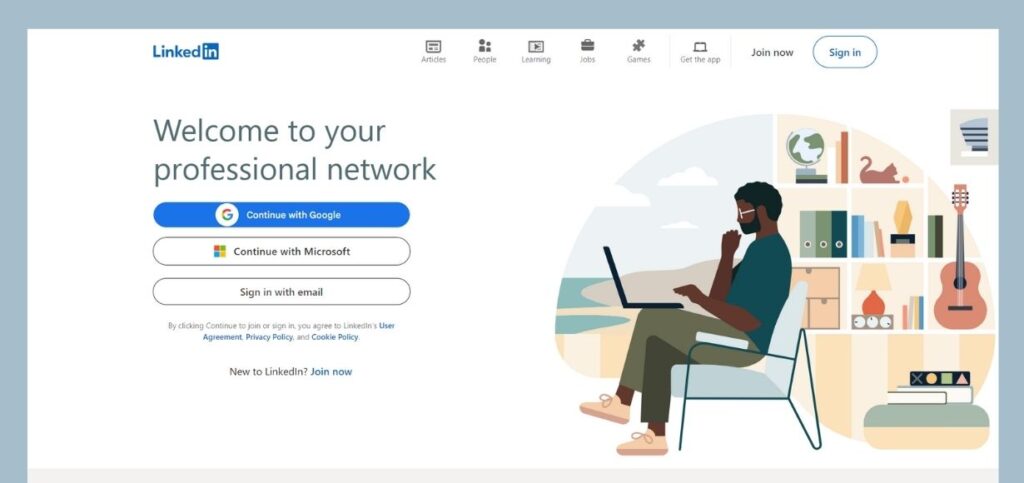
Website: www.linkedin.com
LinkedIn is a business networking website and a great B2B content-sharing website too. One can post articles, post company news, post documents or videos, and place targeted advertisement campaigns on it. With great decision-making and professional engagement, LinkedIn is perfect for sharing whitepaper, case studies, and leadership-type content. The website provides thorough analytics and targeted audience matching for paid promotion. Although the cost of ad expenses is high, its ROI for B2B marketers is justified. Businesses must sell to professionals and specialty groups.
Key Features:
- Article publishing
- LinkedIn Ads
- Audience segmentation
- Video and document posts
- Analytics dashboard
Pros:
- High engagement in B2B niches
- Targeted ad capabilities
Cons:
- Organic reach can be limited
- Ads can get costly
Ideal For:
B2B marketers, recruiters, and consultants
Pricing:
Free; Ads from $10/day
7. Reddit
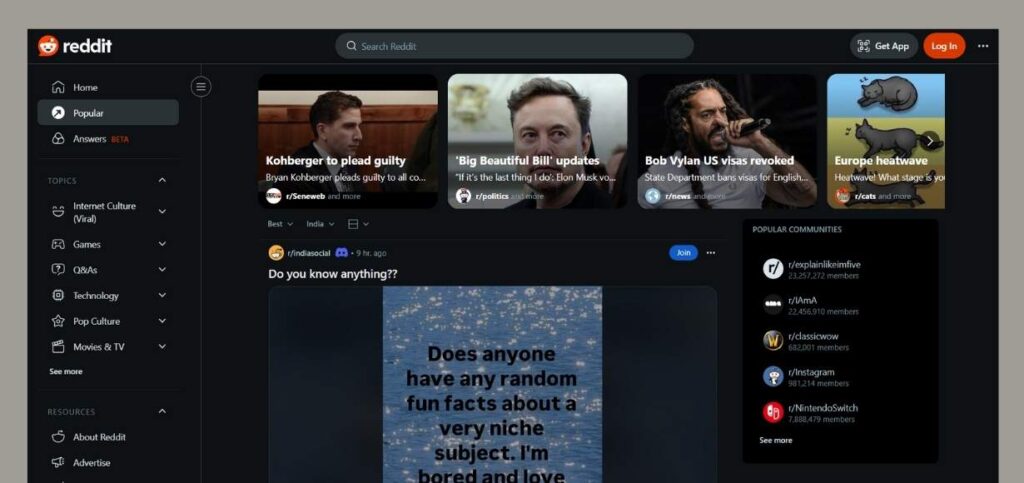
Website: www.reddit.com
Reddit is a huge community site divided into thousands of subreddits by subject. It’s great for blogging to niches, initiating threads, and doing AMA (Ask Me Anything) interviews. Well-targeted copy on something an audience cares about can spread virally, with huge volumes of traffic being generated. However users of Reddit do not like promotional behavior, so sincere engagement is needed. It has ad options and targeting at the subreddit level. Reddit works best for individuals who know their target audience very well and can engage positively in conversation. It is particularly well-suited for startups, technology products, and quirky or provocative content.
Key Features:
- Community-driven sharing
- Sponsored posts
- AMA sessions
- Targeted subreddit advertising
- Voting system
Pros:
- Highly targeted communities
- Great for discussions
Cons:
- Strict posting rules
- Easily flagged as spam
Ideal For:
Niche marketers, startups, content creators
Pricing:
Free to post; Ads start at $5.99/day
8. Quuu Promote
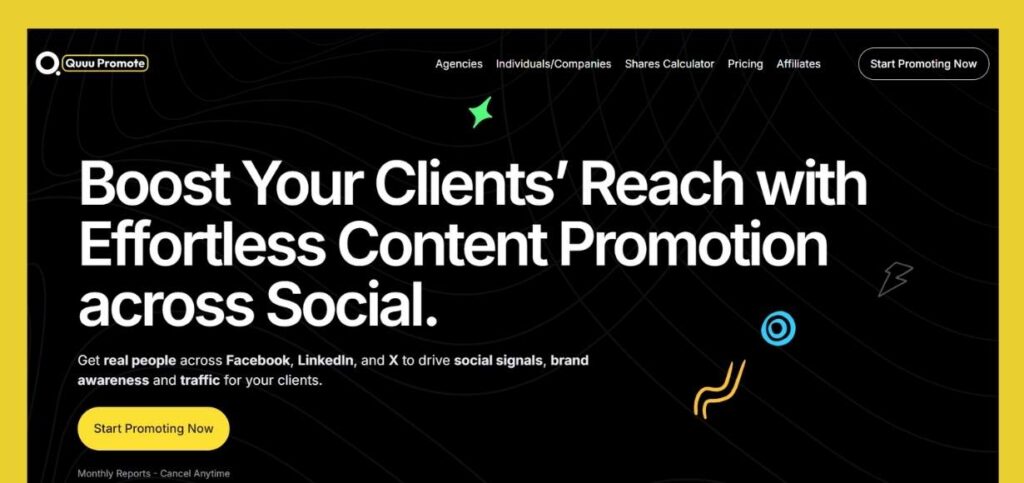
Website: www.quuupromote.co
Quuu Promote is a content promotion platform that shares your articles, videos, or blog posts through actual social media users who have signed up to share content within particular niches. All submissions are personally checked for relevance and quality. It is integrated with Buffer, which drives traffic and visibility through carefully curated content shares. Though it doesn’t always bring sky-high engagement, it’s an ideal choice for bloggers, marketers, and startups seeking to broadcast their top content passively, with minimal effort. The value of the platform is in organic amplification via targeted categories.
Key Features:
- Real-user distribution
- Manual content review
- Categories for targeting
- Integration with Buffer
- Engagement tracking
Pros:
- Hands-off promotion
- High-quality shares
Cons:
- No control over individual posts
- Only supports certain content types
Ideal For:
Bloggers and digital marketers
Pricing:
Starts at $600/year
9. HubSpot
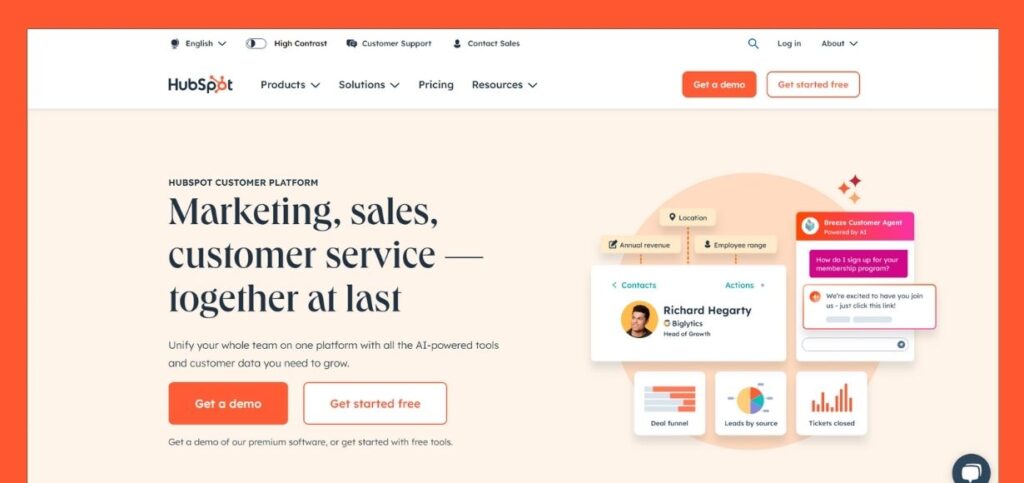
Website: www.hubspot.com
HubSpot is a one-stop inbound marketing platform that provides content creation tools, email marketing, CRM, SEO, and social media publishing. Its shareable content features are blog management, auto-social scheduling, and customized email marketing. HubSpot also features strong analytics and workflows to automate lead nurturing and customer interactions. It is most effective for growing businesses that look for integrated marketing solutions. Though the availability of full features is chargeable, the platform provides free tools for newbies. HubSpot would be suitable for companies that are convinced about content-based lead generation and require a single platform to manage it.
Key Features:
- Blog and social publishing
- Email marketing
- SEO tools
- CRM integration
- Workflow automation
Pros:
- Rich feature set
- Excellent for inbound strategy
Cons:
- Expensive for advanced features
- Learning curve
Ideal For:
Growth-stage businesses, inbound marketers
Pricing:
Free tools; Paid from $15/month (Starter CMS)
10. SlideShare
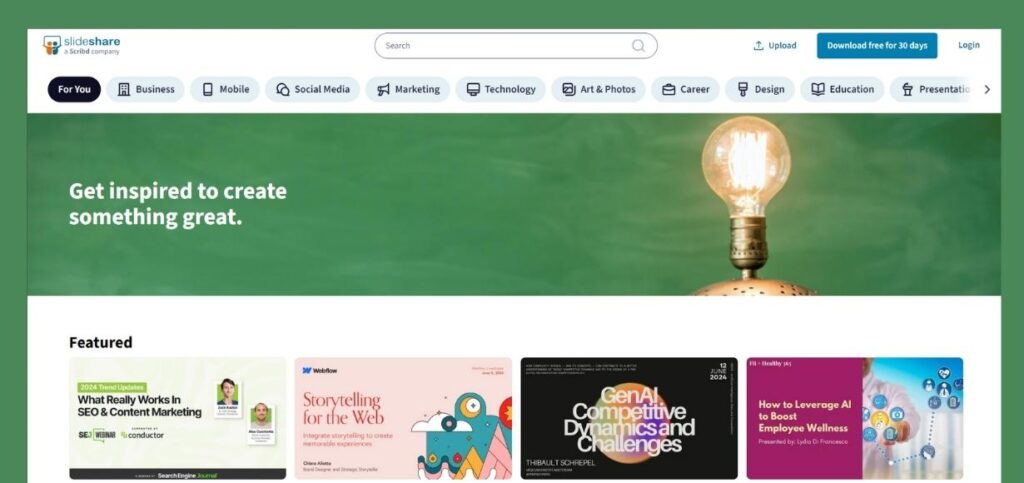
Website: www.slideshare.net
SlideShare is LinkedIn’s business community for sharing and uploading presentations, infographics, and documents to a business audience. It is best used for sharing visually focused and instructional content such as whitepapers, case studies, and webinars. SlideShare presentations can be embedded on sites or shared on social media to get more visibility and SEO. Although not very interactive, it can work well for thought leadership and branding initiatives. It is totally free and best suited to B2B marketers, teachers, and speakers who would like to share their expertise or knowledge with the masses.
Key Features:
- Slide publishing
- SEO-friendly content
- Embed options
- Lead generation forms
- Audience analytics
Pros:
- High visibility for presentations
- Free exposure on LinkedIn
Cons:
- Limited interactivity
- Less engagement than social platforms
Ideal For:
B2B marketers, educators, thought leaders
Pricing:
Free (requires LinkedIn account)
Comparison Between Different Content Distribution Platforms
Here’s a table summarizing the 10 content distribution platforms:
| Platform | Website | Pricing | Description |
| Buffer | buffer.com | Free plan; Paid from $5/month per channel | Schedule and analyze social media posts across platforms with ease. |
| Hootsuite | hootsuite.com | Free trial; Paid plans from ₹1915/month | Manage multiple social accounts, schedule content, and track performance. |
| Outbrain | outbrain.com | CPC model | Promotes content via native ads across premium publishers. |
| Taboola | taboola.com | CPC model | Distributes content through recommended widgets on high-traffic sites. |
| Medium | medium.com | Free to publish; Paid membership for readers | Publishing platform with built-in audience; great for thought leadership. |
| linkedin.com | Free; Ads start around $10/day | Ideal for B2B content sharing and professional audience targeting. | |
| reddit.com | Free; Ads from $5.99/day | Share content in niche communities and run targeted discussions or ads. | |
| Quuu Promote | quuu.co/promote | Starts at $600/year | Distributes content via real social users in curated categories. |
| HubSpot | hubspot.com | Free tools; Paid from $15/month | Inbound marketing suite with integrated blog, SEO, and content distribution. |
| SlideShare | slideshare.net | Free | Share presentations, infographics, and PDFs to a professional audience. |
Conclusion
To sum up, your selection of content-sharing platforms solely depends on your goal, target market, and budget. For businesses dealing with social media exposure, Buffer and Hootsuite provide decent scheduling along with performance monitoring features. Natively promoting and boosting content, if it is a concern, should ideally be provided on platforms such as Outbrain and Taboola providing decent chances of a huge audience through sponsored content. Developers and tech brands wishing to reach professional niche markets can capitalize on Quuu and Medium for organic visibility.
Larger organizations with heavily sophisticated distribution requirements can take the best advantage of utilities like HubSpot or SEMrush which offer content marketing and distribution facilities combined with sophisticated analytics. Each of these sites has something special to offer, and the right one should be chosen based on your content goals, distribution platforms, and performance-tracking capabilities. Finally, the best approach is to pair good content with good tools in an attempt to tap into the right audience at the right time. Test several platforms to see what works best for your process and gives the greatest return on investment for your content marketing.
FAQs
1. What is a content distribution platform?
A content distribution platform is a software or tool where you can publish and promote your content on multiple channels such as mail, social media, native ads, and content promotion networks so that you can target a large number of people.
2. Why should I use a content distribution platform?
With a distribution platform, you have maximum exposure for your content, save time, post regularly, and get tracking statistics to monitor performance and customize future campaigns.
3. Are content distribution platforms appropriate for small businesses?
Yes, there is a low-cost plan or even a free one with the necessary features on most platforms, so they are a wonderful and efficient choice for small businesses and individual creators as well.
4. How do I select the most fitting content distribution platform?
Take your goals, target audience, channels of choice, budget, and whether you will require analytics, automation, or integrations with other platforms like CRM or CMS systems.
5. May I employ multiple content distribution platforms?
Yes. Most marketers utilize a string of platforms—such as one for social scheduling and another for native ads—to distribute to various distribution channels and gain greater reach.

